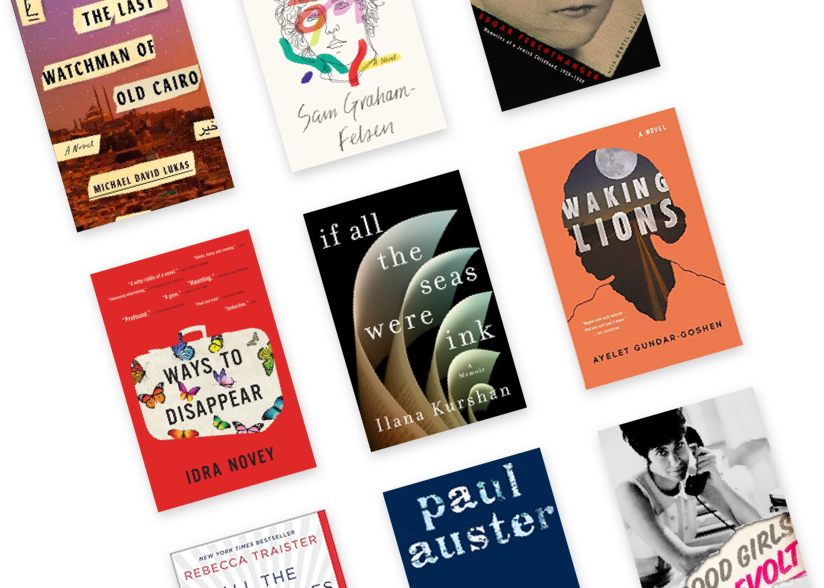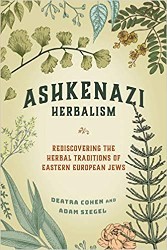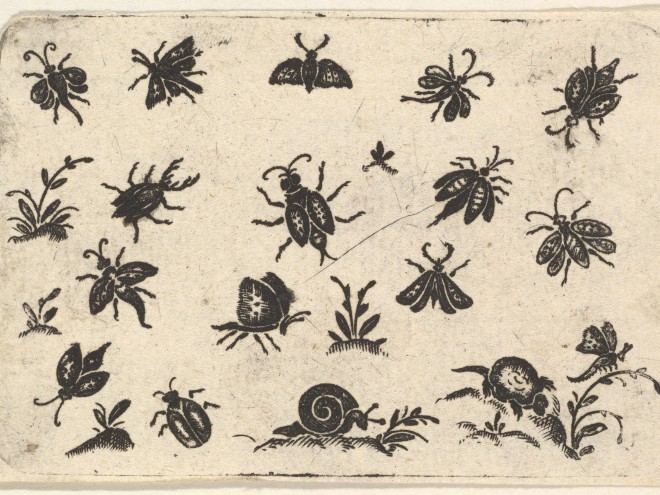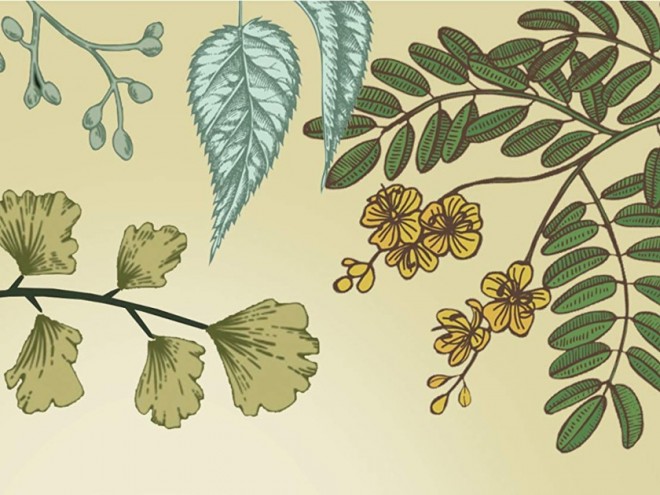A companion guide to Ashkenazi Herbalism, Woven Roots explores the rich history of plant-based medicine and folk healing traditions of Eastern Europe from 1600 through the present.
Authors Deatra Cohen and Adam Siegel map the interwoven histories of the peoples of the Pale of Settlement, revealing untold stories of cooperation, shared knowledge, and mutual aid. The book shares how the people in this region — so often associated with conflict — often thrived in deep and reciprocal relationships with the land and each other. Tending and relying on the natural world, caring for their communities, and transmitting medicinal legacies from generation to generation, the healers of the Pale served as profound points of connection, interdependence, and life-sustaining knowledge.
The authors offer illuminating — and surprising — original research on:
- The pivotal but historically overlooked contributions of women folk healers
- Deep, ancestrally rooted traditions of care for land and nature among Ashkenazi Jews
- The rich cultural exchanges among Jews, Muslims, and Christians that allowed life in the Pale to flourish
- Newly discovered recipes
- Enduring legacies of mutual aid and community interdependence
- How long-lost links between Eastern and Western folk knowledge can shed new light on your heritage and ancestral connections
- Traditional magical practices of the Ashkenazim
This book includes an illustrated materia medica with plant names in Yiddish, Lithuanian, Ukrainian, and more. Informed by years of field and academic research, Woven Roots recovers the legacies of Jewish healers beyond myth, offering insights into the healing wisdom and interethnic cultural exchanges among marginalized groups in Eastern Europe and Eurasia.





